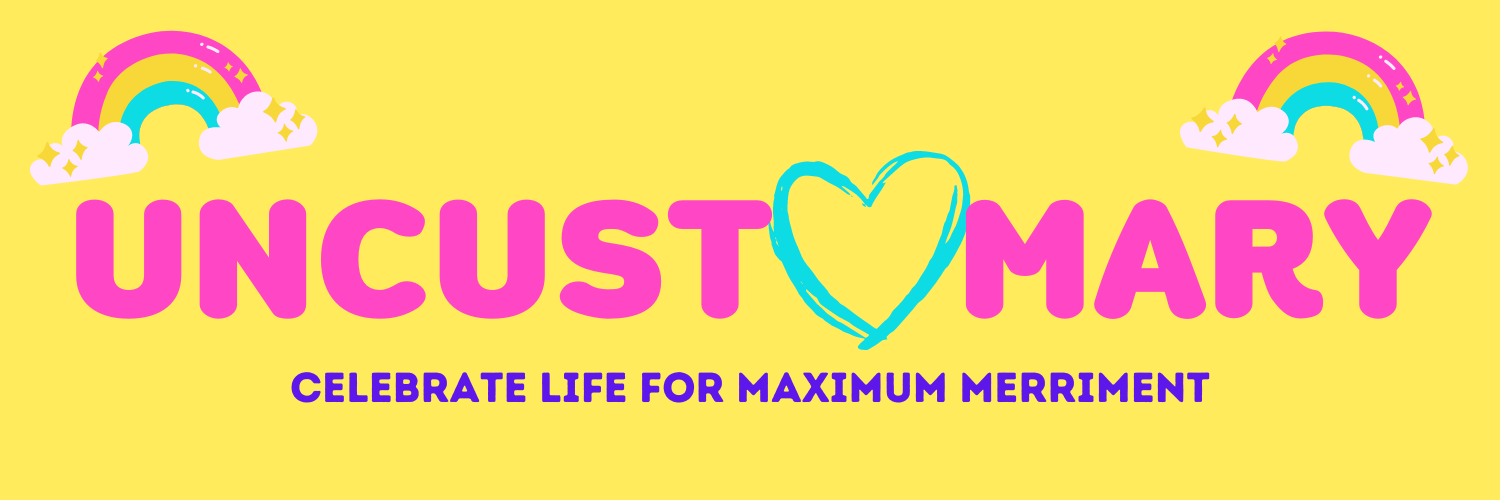In today’s fast-paced world, emotional resilience is vital for managing stress, adapting to change, and maintaining a positive outlook. While some people seem naturally resilient, this skill can be developed through consistent practice. Studies show that creative activities strengthen resilience by promoting emotional expression, reflection, and mental flexibility. This article explores practical, research-backed habits such as journaling, mindful art, and music that can be easily integrated into daily life. Whether you are coping with work pressure, personal challenges, or uncertainty, creativity offers an effective and accessible path to greater emotional balance and overall well-being.
Understanding Emotional Resilience and Its Importance
What Is Emotional Resilience?
Emotional resilience refers to the ability to cope with stress and recover from adversity in a healthy way. It involves acknowledging and managing difficult emotions rather than avoiding them. According to the American Psychological Association, resilience can be learned and strengthened through deliberate behaviors, self-awareness, and positive thinking.
This same principle applies to broader mental health. For example, people receiving treatment for mental illness often participate in activities that build emotional strength, such as mindfulness, journaling, or cognitive restructuring. These practices enhance self-regulation, improve perspective, and support long-term well-being.
Why Emotional Resilience Matters
Mental health challenges have been increasing worldwide. The World Health Organization reports a steady rise in anxiety and depression linked to social and economic stressors. Emotional resilience helps reduce the risk of burnout and long-term distress by teaching individuals how to adapt and recover effectively.
Resilience is particularly important for young people who are still developing coping skills. Many teen mental health treatment programs include creative therapies such as art, music, and writing. These methods help adolescents express their feelings, build self-awareness, and develop healthier responses to stress. Once you understand what resilience means, the next step is to build it through creative routines that nurture emotional balance.
Creative Habits That Foster Emotional Resilience
1. Journaling: A Daily Dialogue with Yourself
Journaling provides a safe and private space for reflection and emotional clarity. Research on expressive writing shows that regular journaling reduces stress, regulates mood, and enhances problem-solving skills.
Try setting aside ten minutes a day to write about your thoughts, challenges, or moments of gratitude. Prompts such as “What went well today?” or “What lesson did I learn from a recent experience?” can encourage deeper insight. Styles like gratitude journaling or bullet journaling can help make this habit enjoyable and effective.
2. Mindful Art: Drawing, Painting, and Coloring
Engaging in art activities, even without formal training, promotes relaxation and mindfulness. The act of drawing or painting helps quiet the mind and focus attention on the present moment.
A study in the Journal of the American Art Therapy Association found that art-making lowers cortisol, the body’s primary stress hormone. Many recovery and wellness programs, including those in an addiction treatment center, use art therapy to help individuals process emotions, improve self-esteem, and rebuild a sense of inner calm through creative expression.
3. Music and Movement: Expressing Emotion Through Sound and Motion
Music and movement can significantly influence mood and emotional health. Listening to music that uplifts or soothes the mind activates regions of the brain related to relaxation and pleasure. Movement-based activities, such as dancing or rhythmic exercise, help release tension and promote emotional expression.
Incorporating music into daily routines, whether through a morning playlist or a calming evening session, can improve focus and mood. Group activities like drumming or dance classes also encourage social connection, which supports resilience and emotional well-being.
4. Creative Problem-Solving: Reframing Challenges
Creativity is not limited to art. It also involves thinking in new ways when facing difficulties. When challenges arise, try brainstorming several possible solutions or visualizing different outcomes. This approach promotes a growth mindset and reduces feelings of helplessness.
This process is similar to the strategies used in treatment for mental illness, where individuals learn to reframe negative thoughts and replace them with more balanced perspectives. Creative problem-solving strengthens confidence and prepares the mind to handle future challenges more effectively. After exploring creative methods for resilience, it’s helpful to consider how to make them a consistent part of your daily life.
Integrating Creative Habits into Daily Life
Start Small and Stay Consistent
Building emotional resilience through creativity does not require drastic lifestyle changes. Begin with small, consistent actions such as a few minutes of journaling, sketching, or listening to music. Over time, these habits create lasting improvements in how you process stress and emotions.
Create a Dedicated Space for Creativity
Designate a small area in your home for creative activities. This could be a quiet corner with your journal, painting supplies, or musical instruments. Adding personal touches like inspiring quotes, artwork, or plants can make the space more inviting and encourage regular use.
Combine Habits for Stronger Benefits
Pairing creative activities can enhance their effects. You might write in your journal while playing soft music or sketch after a brief meditation session. Experimenting with combinations allows you to find what works best for your emotional well-being.
Real-Life Examples of Creative Resilience
Artists Coping During the Pandemic
During the COVID-19 pandemic, many artists turned to creativity as a way to manage isolation and uncertainty. Virtual painting classes and online music sessions provided a sense of connection and shared support. These examples show how creativity can build emotional resilience even during collective challenges.
Everyday People Using Creativity to Thrive
Sarah, a teacher, began journaling and sketching after work to manage stress. She reported feeling calmer and more focused in the classroom. James added short dance sessions to his mornings, which improved his energy and motivation. Their experiences highlight how small creative habits can lead to significant emotional growth.
Beyond creative habits, a few simple mindset practices can further support your emotional resilience.
Additional Tips for Strengthening Emotional Resilience
- Practice Self-Compassion: Treat yourself with kindness when facing difficulties. Self-compassion encourages recovery and supports creativity by reducing self-criticism.
- Stay Connected with Others: Join writing groups, art classes, or music circles to share creative experiences. Supportive communities offer encouragement and foster belonging, both of which enhance emotional health.
- Be Open to Experimentation: Try new creative outlets such as photography, cooking, or storytelling. Exploring different forms of expression can reveal what best supports your emotional resilience.
Conclusion: The Power of Creativity in Building Resilience
Emotional resilience is not a fixed trait but a skill that can be cultivated through consistent practice. Creative activities such as journaling, art, music, and problem-solving help individuals manage stress, express emotions, and maintain balance in their daily lives.
For those seeking additional support, creativity also plays an important role in therapeutic programs. From teen mental health treatment to recovery therapies offered in an addiction treatment center, creative expression is often used to promote healing and self-discovery. These practices demonstrate that creativity is more than just an artistic pursuit; it is a powerful pathway to emotional strength, growth, and resilience.

